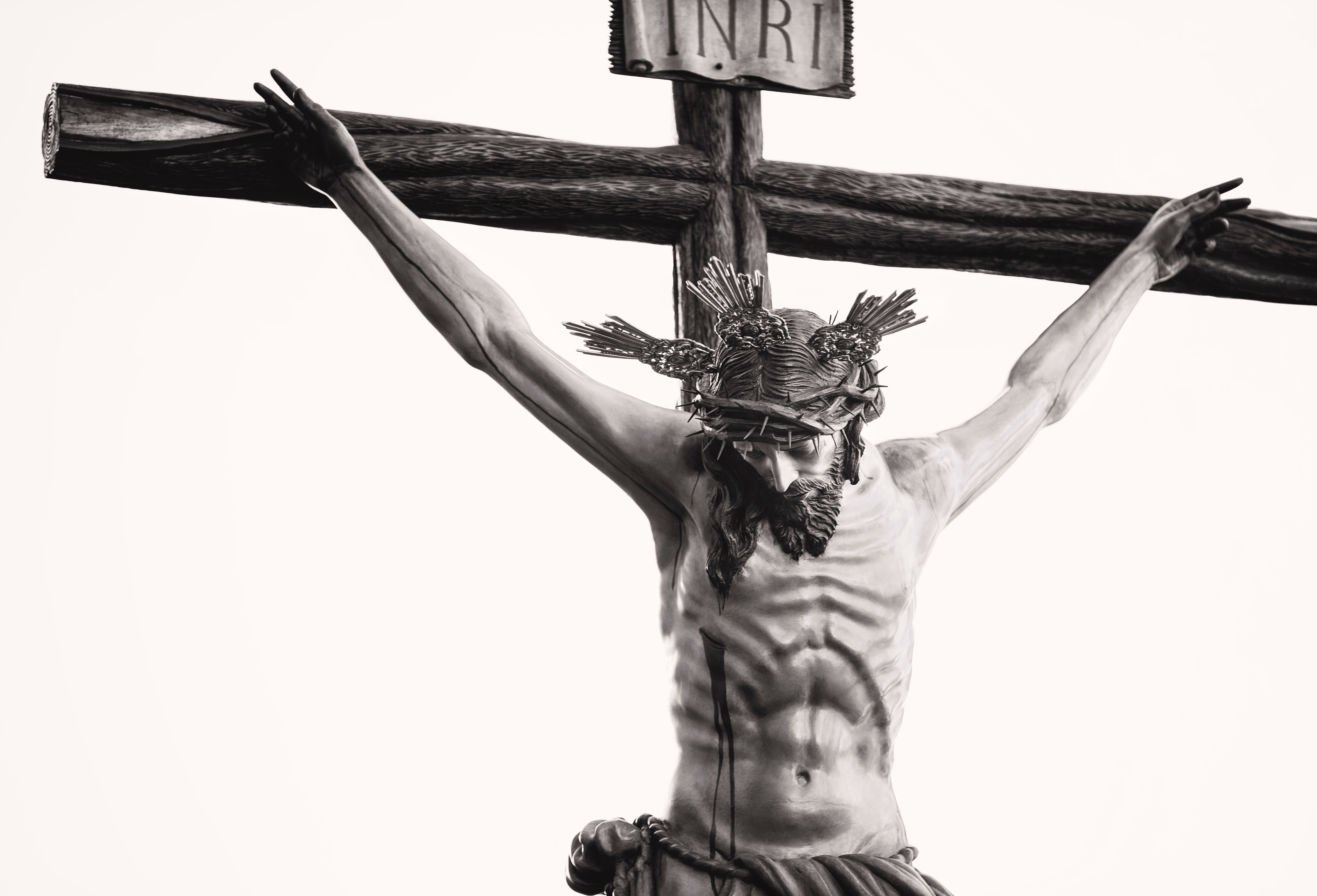Christmas is celebrated every year on December 25 as the birthday of Jesus Christ. The holiday is that time of the year when friends and families come together to rekindle old family ties and make new ones. Being a kid at Christmas, waiting to open your presents and meeting your grandparents are some of the best memories you could have.
Christmas has grown into a worldwide holiday of sort, and even non-Christians all around the globe take part in the festivities. Decorated fir trees, lights, presents, Santa Claus, eggnog, candy canes and gingerbread are just some of the things we associate with Christmas. With such a pervasive holiday, there are a lot of myths people have about Christmas. Here are some ‘Things People Get Wrong About Christmas.
Is 25th December the birth date of Jesus?
 CAPTION: Was Jesus Christ really born on December 25? SOURCE:
CAPTION: Was Jesus Christ really born on December 25? SOURCE: According to Dean and President Andrew McGowan of Berkeley Divinity School, no one really knows when Jesus was born. For centuries, Christians condemned the idea of celebrating birthdays as being a Roman and pagan practice. For somewhere around 300 years, Christians weren't celebrating Christmas and weren't recognizing Christ's birth as anything special.
The date December 25th as Christ’s birth date first appeared in 204 A.D. through the writings of theologian Hippolytus of Rome. The theologian figured that since March 25th was the accepted date of Jesus’s death at the time, add in the fact that according to Jewish Talmudic tradition, righteous men died on the same day they were conceived then basic biology states that nine months after the conception comes the birth. Then it must be December 25.
It is also widely believed that many popular customs associated with Christmas were adopted from pagan rites around the winter solstice to assimilate and convert them to Christianity.
The Modern Santa Claus is an Amalgamation
 CAPTION: Modern Santa Claus evolved from Saint Nicholas SOURCE:
CAPTION: Modern Santa Claus evolved from Saint Nicholas SOURCE: The illustration of the modern Santa Claus as a fat-bellied jolly old bearded man first appeared along with the poem ‘A Visit by Saint Nicholas’ by caricaturist and political cartoonist Thomas Nast in 1881. The image was then widely circulated and reinforced through song, radio, children’s books and television.
Its early origins can be traced back to the traditions surrounding Saint Nicholas, who was famous for his generous gifts to the poor. During the middle ages, children were given gifts on his name day, much like the jolly modern Santa. The modern Santa is an amalgamation of St. Nicholas, the British figure of Father Christmas and the Dutch figure of Sinterklass.
Christmas trees first became popular in the 1800s
 CAPTION: Christmas Trees originated from 1400-1500s Latvia and Germany SOURCE:
CAPTION: Christmas Trees originated from 1400-1500s Latvia and Germany SOURCE: The Christmas trees originated during the 1400-1500s in Latvia and Germany from wherein it spread to Europe. 16th-century German preacher Martin Luther started the custom of bringing the trees inside the house. The fir tree first became popular with Christians in the UK and US in the 1800s, when a drawing of “Queen’s Christmas at Windsor Castle” was published in the Illustrated London News which led to widespread adoption of the tradition. It was then mass marketed and promoted by ad agencies and not the other way around.
Christmas day as a day off is a recent innovation
 CAPTION: Christmas Day was not a holiday in the UK until 1834 and in the US until 1870. SOURCE:
CAPTION: Christmas Day was not a holiday in the UK until 1834 and in the US until 1870. SOURCE: Up until the middle of 1800s merrymaking and drinking were not considered very Christian; it was only after 1840 that the celebration of Christmas become more popular and widespread. Christmas was officially declared a national holiday in the UK in 1834 and in the United States in 1870.
Xmas is Blasphemous:
 CAPTION: Xmas is considered blasphemous by some devout Christians. SOURCE:
CAPTION: Xmas is considered blasphemous by some devout Christians. SOURCE: Writing ‘Xmas’ instead of ‘Christmas’ is considered by some devout Christians to be outright sacrilegious as it leaves out Christ and replaces it with a single letter X. However, the word ‘Christ’ itself in Greek is written as ‘Χριστ?ς.’ Rather than being an insensitive abbreviation of Christmas, ‘Xmas’ is actually a logical nickname for the holiday.
The Origin of the Candy Cane
 CAPTION: There is a different story of Candy Cane than what you have been believing. SOURCE:
CAPTION: There is a different story of Candy Cane than what you have been believing. SOURCE: A popular story about the candy cane goes: “The white base color of the candy cane symbolizes Jesus' purity; the red stripes symbolize Jesus' blood when he died on the cross, and the J shape was chosen to represent the J in Jesus.”
It is an interesting story for sure, but the truth is a bit more mundane. White, hard sugar sticks were common for centuries as sweets, and the distinctive shape of the candy was bent because they were easier to hook on trees or it could be how one legend states that they were shaped after a shepherd’s crook. We don’t know for sure. The red stripes on candy canes were a later addition likely to make it appealing as was the fashion at the time. The first known candy cane that popped up in America was supposedly thanks to a German immigrant, August Imgard, who used the candy cane for this purpose: decorating a Christmas tree in his home in Wooster, Ohio.
Gingerbread houses likely comes from ‘Hansel and Gretel’
 CAPTION: Gingerbread house likely originated from Hansel and Gretel. SOURCE:
CAPTION: Gingerbread house likely originated from Hansel and Gretel. SOURCE: Ginger originated in Asia and made its way to Europe during the 11th century. Europe fell in love with ginger and turned it into gingerbread; The Germans actually popularized the gingerbread cookie with their “Lebkuchen,” which led to the creation of the gingerbread house. And the likely inspiration? The witch’s house made of candy in the German folktale of “Hansel and Gretel.” Since then, gingerbread houses and the Gingerbread Man have become associated with Christmas traditions.
At the end of it all, it doesn’t really matter what you believe to be true, what does matter is enjoying the holiday season with your loved ones, giving thanks for what you have and making plans for the new year. Merry Christmas to everyone!

